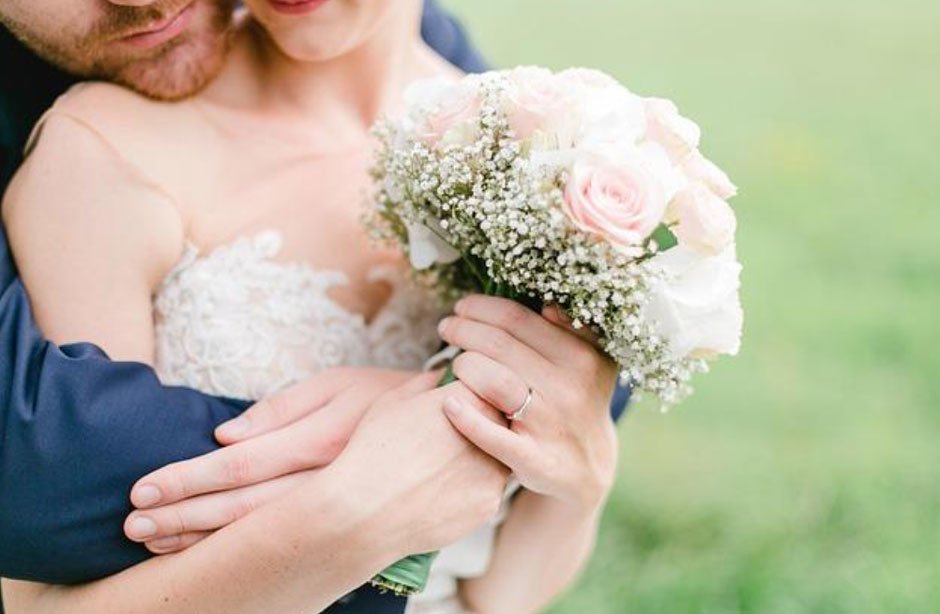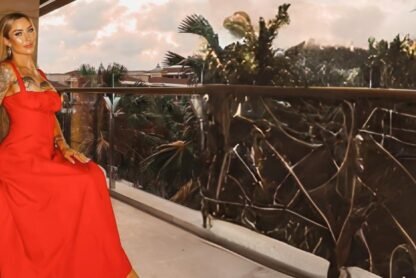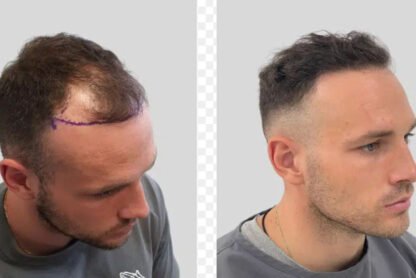Enforcing a dress code for your wedding helps guests understand what’s appropriate to wear so they can avoid uncomfortable mistakes. We’ve reached a point where fashion isn’t standard anymore. Men seldom wear blazers or suits unless they’re coming from work, whereas women might wear dresses, but it’s because they want to, not because they’re worried they’ll be rejected if they don’t. By establishing clear guidelines for attire, you can create a cohesive and polished look. You owe it to yourself to do everything you can to make the wedding photos look beautiful and feel authentic.
Weddings are some of the last remaining occasions where looking great is a requirement, and a dress code saves countless calls and emails from guests inquiring about what to wear. Needless to say, you can’t completely control how attendees choose to dress, but you can set a level of formality for your big day. It’s always recommended to refer to the dress code in your invitation. This puts people at ease: they know what to expect, and it eliminates the risk of showing up inappropriately dressed. Invitations can range from formal black-tie affairs to casual beachside ceremonies.
Each Dress Code Comes With Its Own Set Of Rules That Dictates What’s Appropriate To Wear
A dress code is a set of guidelines that specifies what the couple deems suitable for the wedding ceremony. It’s basically a set of rules for what guests should wear, which adds exclusivity and luxury to the event as a whole. The bride and groom aren’t subject to the dress code, but their attire should still be appropriate for the level of formality of the wedding. By way of illustration, a bride can’t wear a loose, sleeveless dress to a black-tie wedding, and a groom can’t wear jeans or a T-shirt. Some of the most common dress codes include:
Semi-Formal Or Casual
Guests can wear relaxed clothing but not necessarily what they wear on the street or lounging at home. Traditional fabrics like silk are still in vogue, but let’s not forget about cotton, rayon, chiffon, linen, and wool. Women can wear below-the-knee dresses, slip dresses, or a crop top and a skirt, while men can settle for a two-piece suit or pants, blazer, and a shirt. Comfortable yet stylish footwear is of the essence, notably if the venue has outdoor elements. Ball gowns and tuxedos are too formal.
Tropical Or Destination
Attire for a beach wedding is dressy casual, and guests have a bit more freedom to play around with colors. Breathable fabrics work best in hot, humid locations, wicking sweat away from the skin to the fabric’s surface, where it evaporates quickly. If formal wear has been requested, women can choose full-length skirts or jumpsuits, while men can opt for a button-down collar, a double-knit polo shirt, a pair of trousers/chinos, and a lounge jacket.
Formal
A formal wedding isn’t as strict as a black-tie affair, but guests should avoid anything casual. Women are expected to wear a floor-length evening dress, which means the ankle isn’t visible, but the gown doesn’t need to literally touch the floor. Though floor-length is preferred, as it provides a sense of regalness and aristocratic elegance, a mid-length also works. Anything shorter than that will feel too relaxed for the occasion. Men should pick a dark, but not black, suit. Unless specified, a bow tie isn’t required.
Themed
The theme can be based on anything from a certain color, era, or pop culture reference to something more abstract like “rustic romance.” It gives the wedding a special vibe and mood. After careful consideration of the logistics of the event, take into account your budget, comparing what you’d like to spend to what you can actually afford. You don’t want to start married life in debt. Guests can take inspiration from celebrities or movies, depending on the theme. You can create a mood board on your wedding website, where you can include examples of your dress code.
Come As You Are
Last but not least, you can adopt a laissez-faire approach by allowing guests to wear whatever they want. To dress accordingly, attendees must consider the location of the wedding and the time of the day when putting together a look. The idea is to be casual but not too casual. It’s something a little more elevated than at-home attire, so it’s best to avoid looking underdressed. As easy as this dress code might seem, none is more often misunderstood.
The Wedding Dress Code Applies To The Guests, But There Are Some Exceptions
The dress code generally applies to the people attending the wedding, but the couple has specific expectations for their own attire, which can be about personal style or cultural traditions. Ultimately, what you decide to wear on the big day depends on the vision, that is, your dream concept or the overarching look and feel for your nuptials. The wedding party has a dress code, too, and it’s often more formal and coordinated than the general dress code. It contributes to the overall aesthetic of the glorious occasion while allowing each person to feel comfortable and confident.
Close friends and family members support and celebrate you throughout your journey, from engagement until the big day, so while you have the final say, it’s thoughtful to consider your wedding party’s preferences and body types. Provide a price range or consider contributing to the cost of the outfits. Once you’ve made up your mind, communicate your decision to avoid confusion and ensure everyone feels their best on your wedding day. You can send personal notes to each member of your wedding party, outlining the specific requirements for their attire.
Coordinating Outfits for the Bride, Bridesmaids and Mother of the Bride
The bride’s gown sets the tone for the entire wedding party, reflecting the formality and style of the celebration. Whether she opts for a classic ball gown, a sleek sheath dress, or a modern jumpsuit, her attire should align with the wedding’s overall aesthetic. Bridesmaids’ dresses are traditionally chosen to complement the bride’s look while ensuring a cohesive visual appeal. While uniform styles are popular, mix-and-match dresses in coordinating colors or fabrics allow each bridesmaid to wear a silhouette that flatters her body type. The mother of the bride’s outfit should be elegant yet comfortable, harmonizing with the wedding’s color scheme while maintaining a refined and timeless look. Whether she selects a chic tea-length dress, a sophisticated gown, or a stylish pantsuit, her ensemble should make her feel confident and radiant on this momentous day.
Wrapping It Up
Some amount of uniformity elevates your big day, so set a dress code to ensure your wedding ceremony reigns supreme (and for good reason). You can make decisions that reflect who you and your fiancé are, so don’t follow every tradition or social norm.









